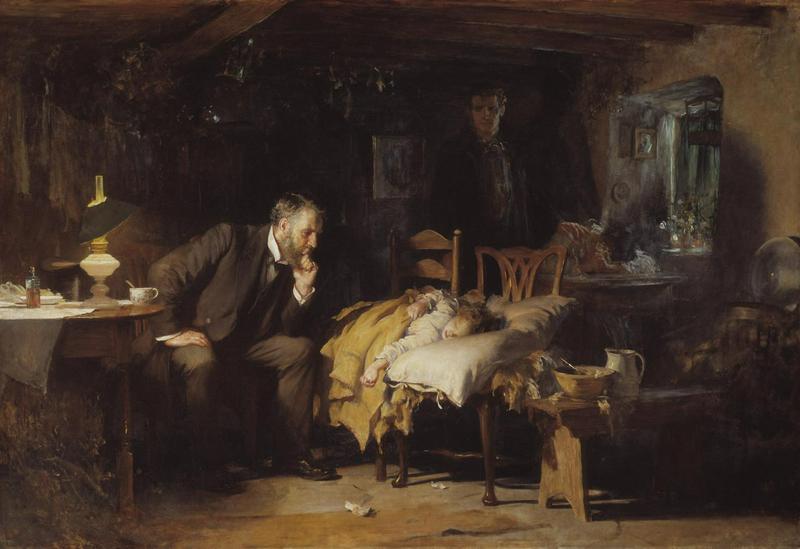How It Used To Be: Doctors And House Calls
By | May 22, 2019


Civil War Medicine
Doctors and their practices during wartime were horrendous. They had to perform a high number of amputations in order to prevent infection from setting in. Not only were there a lot of these type of “surgeries” being done but they had to be done quickly – even as fast as 10 minutes each. Because of these undesirable experiences during wartime, a lot of these doctors went on to try to improve medical practices and conditions as they were enlightened and motivated to provide better care for patients.

Medicine Men in the Old West
A lot of wartime doctors went out west after the war to open up their practices but it was not easy there. Medical tools, equipment, and pharmacy items were not as accessible to them there. Some of them came up with and designed their own devices to help in their practices. Dr. George W. King from Montana designed a device for setting fractured bones. He was one of the dedicated doctors who wanted to improve healthcare all over the United States.
During those early days, since there were no set standards that doctors had to live up to yet and licensing was not required, it was risky business to even see a doctor. The risk of infection was very high. A lot of people did not have money to see a doctor either and there was no such thing as insurance then. Many of them would pay through some type of trade-off with food items from their garden or craft from their trade.

House Calls
Depending on the part of the country or the point of time in history, house calls from doctors could be minor visits or very detailed visits for a wide range of services. Sometimes, particularly in the west, they treated snake bites, cholera, gunshot wounds, toothaches, and delivered babies. Other times or places such as in mountain country like Tennessee, Kentucky, or West Virginia, it might be colds and fevers, childhood illnesses, and broken bones as well as delivering babies. If performing a surgical procedure, they oftentimes would use ether, chloroform, or even whiskey.

Pharmaceuticals
For pain killers, they would give the patients Laudanum, Morphine, or aspirin from willow bark which was helpful in reducing fever as well. They also would get herbal remedies from the Native Americans that would help in reducing pain. There were some patients who became addicted to pain medicines back then just like people do today. In fact, Wyatt Earp’s first wife died of an opium overdose in 1882 after he left her.

Modern Visits
Today’s home visits consist of a nurse or nurse practitioner that may come out to do a wellness visit dependent on a person’s insurance coverage. But, unless the patient is on hospice or needing a specified type of care done such as wound care, nurses do not usually make home visits.
As far as doctors making home visits, that is a thing of the past. Doctors are entirely too busy to make house calls except for the very rich and famous. In fact, their offices are so jam-packed with patients that, at times, they are overbooked causing patients to have to wait a couple of hours past their scheduled appointment time to even get in to see the doctor.

